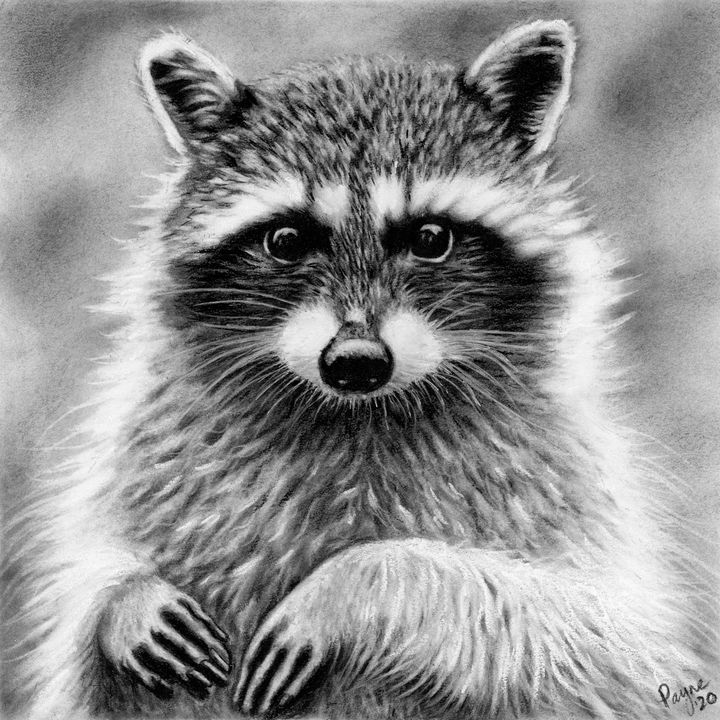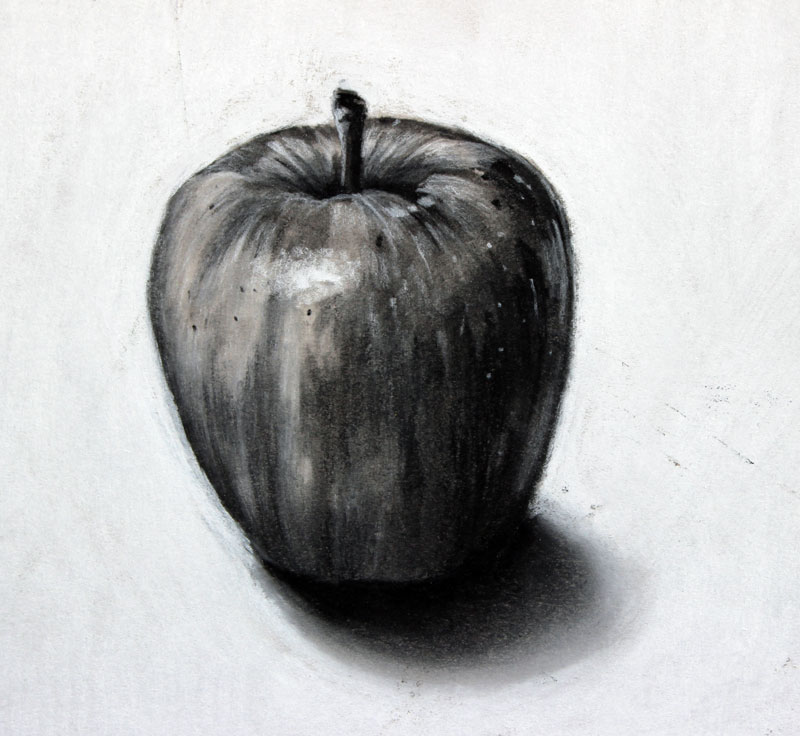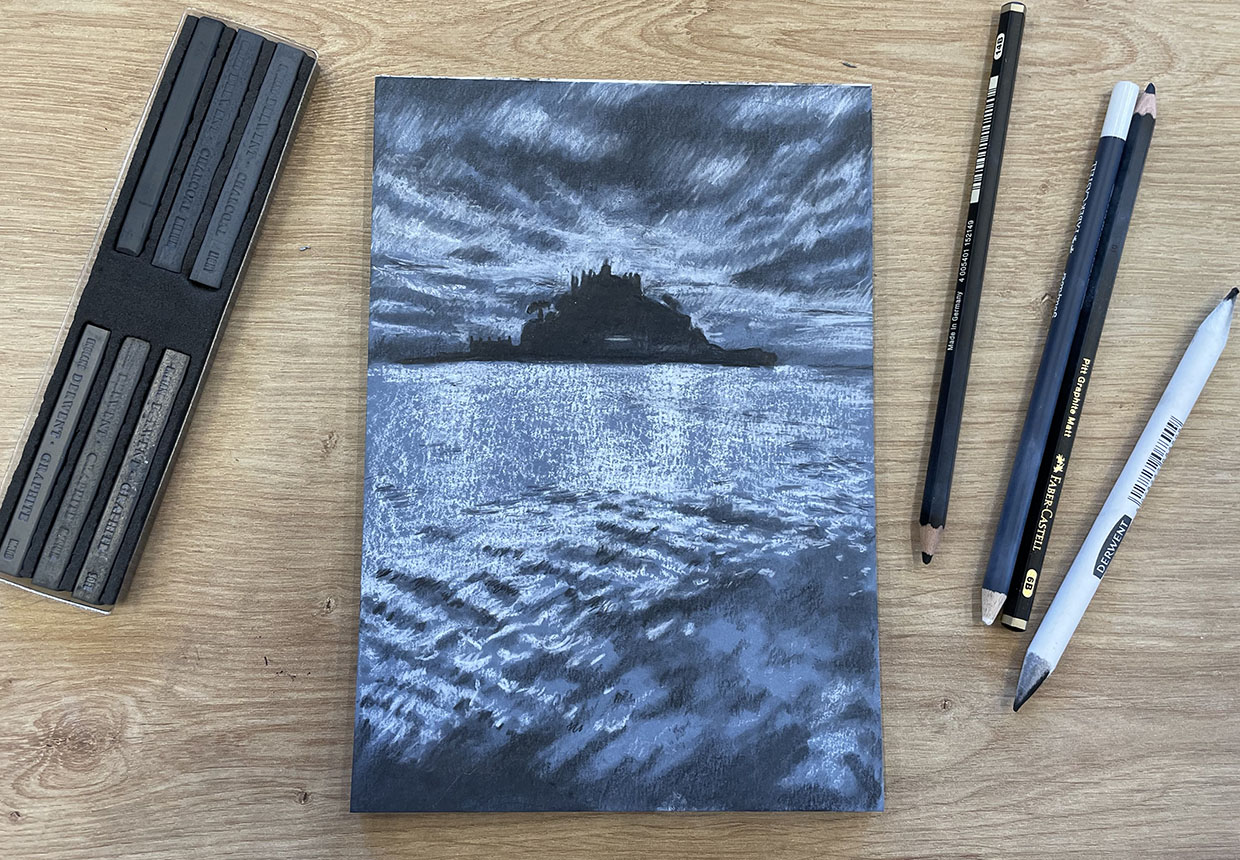Charcoal drawing stands out as a versatile medium that captures the essence of subjects with rich tones and unique textures. Its responsive nature makes it ideal for artists seeking to create dynamic and evocative works of art. This article delves into essential techniques and approaches to mastering charcoal drawing, encouraging both beginners and experienced artists to explore the depths of monochromatic imagery and the art of playing with shadows.
Getting Started: Understanding Charcoal Types
Choosing the Right Charcoal
Before one starts drawing, understanding the different types of charcoal is crucial. Compressed charcoal offers a smooth, dark line and is ideal for detail work and shading, while vine or willow charcoal provides a softer, more erasable line, perfect for initial sketches and lighter tones. Knowing when to use each type can greatly affect the outcome of your artwork.
Prepping Your Tools and Workspace
Equally important is preparing your tools and workspace. Ensure you have a clean, flat surface to work on and gather different grades of paper to see which suits your style best. Have blending tools like stumps or tissues at hand, along with a kneaded eraser for correcting and creating highlights. Setting up your space correctly sets the stage for a more efficient and enjoyable drawing experience.

Layering and Texturing: Building Depth
Mastering Layering Techniques
Depth in charcoal drawing is achieved through layering. Start with light strokes to establish the form and gradually build up to the darker shades. This process allows for more control and creates a three-dimensional effect. Overworking a piece is easy, so it’s essential to step back periodically to assess your progress and maintain perspective.
Creating Texture with Charcoal
Textures bring a charcoal sketch to life. Techniques like hatching and cross-hatching add richness and depth, while stippling creates a varied surface quality that can imitate textures found in the natural world. Varying the pressure and density of your strokes is key to mastering these textural effects. Experiment with unconventional tools like erasers or even your fingers to blend and smudge charcoal for a smoother transition between lights and darks.

Control and Precision: Refining Details
Achieving Crisp Edges and Fine Lines
While charcoal is known for its bold and expressive lines, it’s also capable of refined detail. For drawing crisp edges or working on intricate parts of a composition, sharpened charcoal pencils or compressed charcoal sticks are indispensable. Maintaining a sharp point allows for maximum control and the ability to work precisely where needed.
Balancing Shadows and Highlights
The interplay between shadow and light defines a charcoal drawing. Use a kneaded eraser to lift charcoal from the paper to create highlights or clean edges. Soft touches can gradually refine these lighter areas, adding a delicate contrast to the darker shadows. Remember, it’s not just about adding charcoal but also knowing when to take it away to reveal the light within the piece.

Advanced Techniques: Elevating Your Art
Exploring with Fixatives
To preserve your charcoal drawings and reduce smudging, fixatives are a crucial final step. However, they can also be used during the drawing process. Light layers of fixative can set certain areas, so you can layer more charcoal on top without disturbing the underlying work. Be sure to work in a well-ventilated area when using fixatives and test them on scrap paper to understand their effect.
Challenging Yourself with New Subjects
One of the best ways to grow as an artist is to step out of your comfort zone. Try tackling various subjects, from landscapes to portraits, and observe how light interacts differently within these contexts. Each new subject will offer challenges and opportunities for learning, pushing your skills and creativity further.

Experimenting with Mixed Media
Incorporating Charcoal with Other Mediums
In the pursuit of artistic growth, merging charcoal with other mediums can yield stunning results. Experiment with layering watercolor washes for subtle color or utilizing ink for stark contrasts. Charcoal’s compatibility with various papers and surfaces also allows for creative combinations that can amplify the visual impact of your work. Embrace the unpredictability and discover how charcoal interacts differently with each medium.
Exploring Textural Possibilities
Textural variation is at the heart of charcoal’s appeal. Beyond conventional tools, consider introducing unconventional materials such as sandpaper, crumpled paper, or fabric to create unique textures. Rubbing charcoal over these textured surfaces can transfer interesting patterns to your drawing, adding an unexpected layer of depth and richness. Always be on the lookout for new textures in your environment that could inspire or be directly included in your artwork.

The Power of Subtlety
Mastering Soft Gradients and Fading
While charcoal is often associated with strong lines and deep shadows, mastering the softer side can significantly enhance your work. Practice creating gradual gradients, learning to gently fade your charcoal from dark to light to achieve a sense of delicacy and translucence. This approach works exceptionally well for capturing atmospheric effects like fog or soft lighting on a subject’s skin.
Conveying Emotion through Tonal Variation
Charcoal allows for a vast range of tonal values that can convey complex emotions. Use this to your advantage by deliberately choosing how light or dark certain elements of your composition should be. A nuanced understanding of tonal value can infuse your work with mood and narrative without relying on overt symbolism or detail.
The Journey of Continual Learning
Building Your Visual Vocabulary
As an artist, your journey with charcoal is one of continual learning. Each drawing expands your visual vocabulary, teaching you new ways to express shadow, light, form, and texture. Maintain a sketchbook dedicated to charcoal studies, experimenting constantly with new techniques, ideas, and compositions. This practice sharpens not only your hand but also your eye, as you learn to see subtler nuances in the world around you.
Engaging with the Artist Community
Finally, engage with the community of fellow charcoal artists. Sharing your work, participating in critiques, and observing others’ techniques can offer fresh perspectives and inspiration. Both online and in-person art communities provide a wealth of knowledge and support to help you refine your craft and connect with others who appreciate the unique qualities of charcoal artistry.
Charcoal drawing is a dynamic medium that offers both the novice and experienced artist the ability to explore the nuances of light and shadow. Mastering charcoal involves understanding the types of charcoal, working methodically to build texture and depth, and refining the control needed to balance the intricate details of shadows and highlights. As you explore beyond the basics and incorporate advanced techniques, you’ll discover new ways to push the boundaries of your artistic expression. Embracing the art of shadows allows one’s charcoal drawings to emanate life and realism, making each creation not just a drawing but an exploration of the delicate dance between darkness and light.